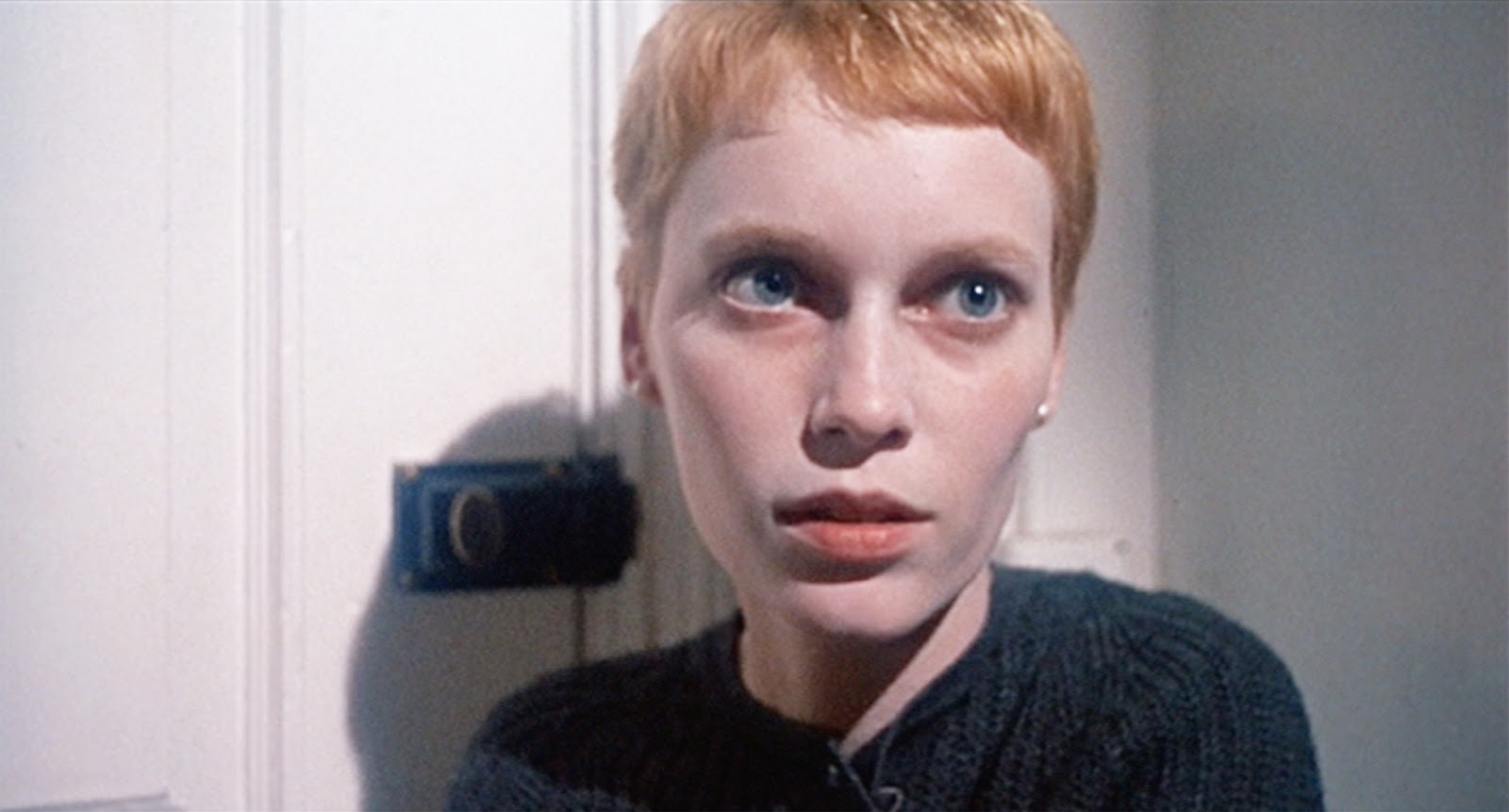
“I like women, especially beautiful ones. If they have a good face and figure, I would much prefer to watch them being murdered than an ugly girl or man.”
– Dario Argento
Fear is intricate; it’s entwined in the innumerate things that define who we are: our culture, our evolution, our relationships, our existence and, of course, our gender. These are the things we stand to lose.
The horror genre has had a doubtful relationship with gender and, when considering the above quote from giallo maestro Dario Argento, it’s easy to see why. Horror, particularly the slasher subgenre, has had to answer to the scrutiny of critics who see in it misogyny, gender imbalance, and the objectification of women.
Whilst it’s true that the genre is dominated by the heterosexual male perspective, there are countless contradictions to the law. There are films which tap into female fears and there are films which fracture the male gaze and find the anxieties peeking behind the cracks.
But what exactly is a gendered fear? The fear may be masculine (surrounding castration, beauty, sexuality and female authority), feminine (surrounding violation, pregnancy, motherhood and repression), or more broadly linked to sex itself (surrounding loss of gender identity and warped gender roles).
The best horror movies don’t legitimise a fear, rather they acknowledge it, pull it from of hibernation and uncomfortably group it with another. Gender, in the hands of a talented filmmaker, is a weapon. Your body is at once the thing closest to you and the thing which will destroy you.
NOTE: Plot twists and turns are a popular method to distort gender within horror films, and are useful elements to consider and discuss. As such, this list will contain some SPOLIERS.
1. Nosferatu: A Symphony of Horror (1922)
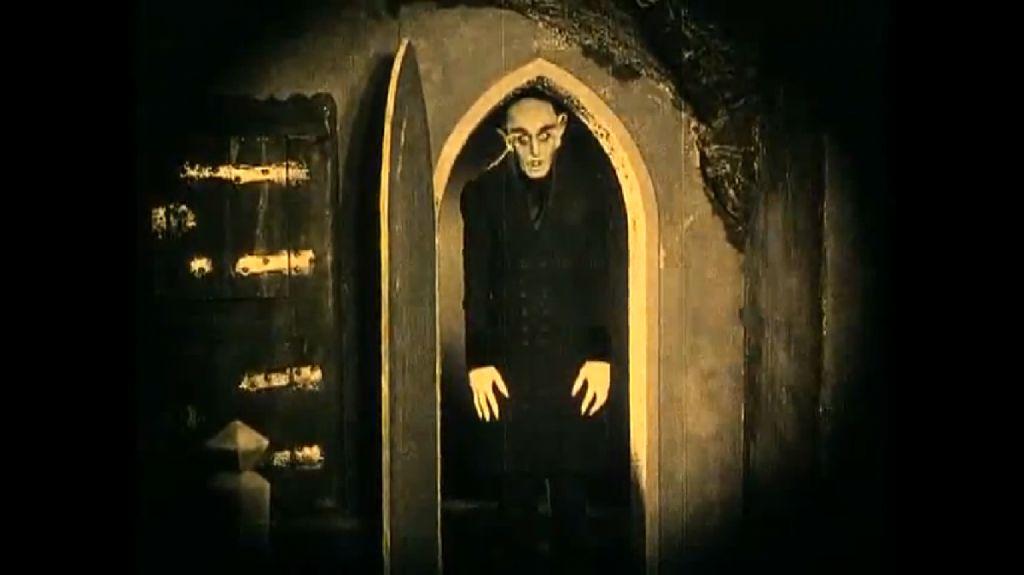
When one thinks of silent horror, F.W. Murnau’s illegitimate adaption of Bram Stoker’s ‘Dracula’ immediately comes to mind. As one of the earliest horror movies, it established the genre as one torn between masculinity and femininity; a misty place where gender identity ought not to be trusted.
In the film, after selling his castle to real estate agent Thomas (Gustav von Wangenheim), the vampire Count Orlok (Max Schreck) brings a plague onto the city of Wisborg, in pursuit of Thomas’s wife Ellen (Greta Schröder).
‘Nosferatu’ quickly raises fears into the true stoutness of gender identity. The eponymous villain is both male and female; despite his obvious credentials as a male character, his long dress and glabrous skin suggest otherwise.
Murnau creates further distortion of gender in the landscape of the Carpathians, whose feminine space of rolling hills and frolicking horses is contrasted with the phallic towers of Orlok’s fortress which protrude lonelily onto frame.
Perhaps more disturbing for the male viewer is the failure of masculinity in the film. The hero is submissive, while the feminised antagonist, made to appear tall and monstrous, is powerful. More interestingly is the place where these confrontations occur: the bedroom. Nosferatu, a symbol of carnal desire, goes to bed with both Thomas and Ellen, however it is Ellen’s sexual allure which destroys him. In the bedroom the women are in control. Female sexuality is empowered with a kind of mythic value; it is both the cause and the cure of the plague.
‘Nosferatu’ is as haunting as it was 90 years ago. It occupies a murky place where any notion of gendered power or identity is legend; merely another shadow on the wall.
2. Bride of Frankenstein (1935)
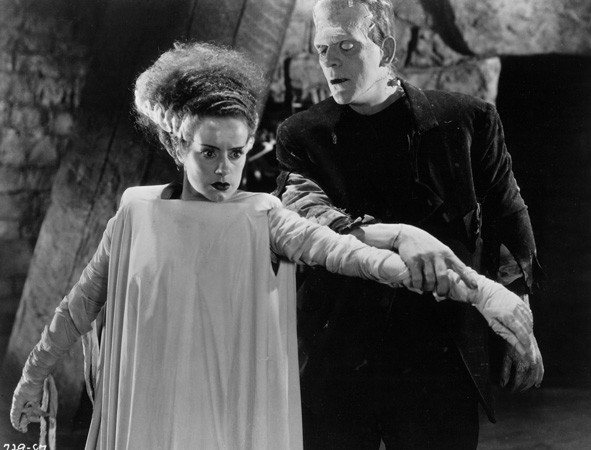
James Whale’s follow-up to his masterful version of ‘Frankenstein’ serves as a bridge between the modern horror film and the early days of German expressionism. Not only that, it plays on men’s fear that he can neither comprehend nor control the female soul.
Elaborating on a side plot from the original novel, the film interweaves the stories of the monster (Boris Karloff) who is taught to speak by a blind hermit (O. P. Heggie), and that of his creator Frankenstein (Colin Clive), who is forced by Dr. Pretorius (Ernest Thesiger) to create a “mate” for the monster.
‘Bride of Frankenstein’ ridicules the belief that women exist so they may serve men. The new creation is simply labelled a “bride” or a “mate”; she is created with the sole purpose to belong to the monster. The result, brought to life in what is now one of the most memorable of all climactic scenes, is a bandaged zombie. Sure, her body might be female but how could she truly be a woman if her brain was created by and for men?
But who actually is the ‘Bride of Frankenstein’? Of course there’s the mate, christened by Pretorius as “the bride”, but taken literally the title refers to the wife of Frankenstein, Elizabeth, not of the monster. Stranger still is that Marry Shelly (seen in the prologue) and the mate are both played by Elsa Lanchester; the narrator and the subject are at once the same woman. Identity is lost, and beneath the patriarchal veneer is a feminine drive.
‘Bride of Frankenstein’ is a rare example of a sequel that somehow surpasses the masterpiece that preceded it. Fear not the monster or the bride, but the man who thought to create and to control either of them.
3. Psycho (1960)
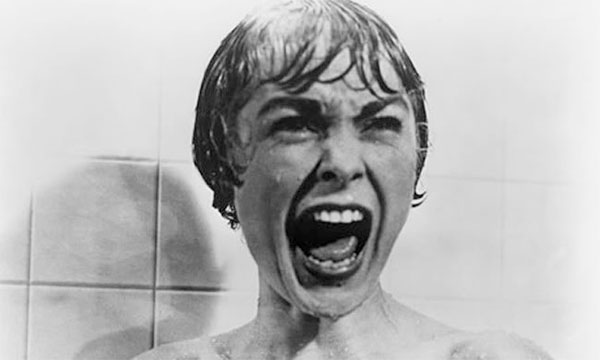
Alfred Hitchcock’s ‘Psycho’ is undoubtedly one of the most important horror films of all time. Shocking still today is its corruption of gender roles and its evocation of primal, masculine fears of castration and maternity.
Marion (Janet Leigh), after fleeing with $40,000 stolen cash, checks into the remote Bates Motel owned by the nervous, young Norman (Anthony Perkins) and his overpowering mother.
The fear, on the male behalf, is that the woman in the relationship – the mother – has become the more aggressive and domineering person. Mother is first the violent master of Norman’s household and then the violent master of his own mind. The underlying gender tensions established in the beginning of the movie splinter violently in the shower. It’s a failed attempt to re-establish a gender hierarchy that ultimately resurrects boyhood fears of the omnipotent mother; the knife-wielding, crossdressing maternal figure is at once the castrated and the castrator.
Who is male and who is female? There are deviances from the typical gender roles at nearly every turn; all the main characters: Norman, Marion, Sam, and Lila trade traits which would often be labelled as either male or female. The film’s twist itself is chilling because it suggests that biological sex is no measure of the mind or soul.
‘Psycho’ bled away monochrome convention. So deep was its fracturing of masculine superiority, that it later gave birth to a generation of misogynist slashers, a small yet vocal minority in the genre, which attempted to stick the vulgar picture back together again.
4. Rosemary’s Baby (1968)
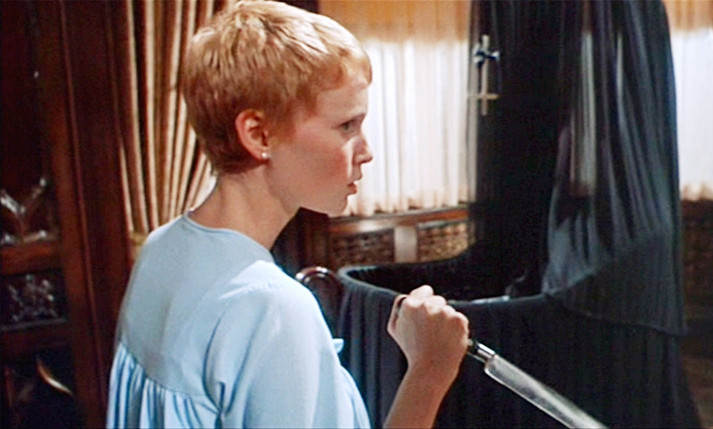
Roman Polanski’s urban horror has earnt its place as one of the most unsettling films ever made. Dismissing the superficial fears of the patriarchy as demonic, it recognizes the undermined fears of the wife, the girl and the mother.
Adapted from Ira Levin’s novel, it follows Rosemary (Mia Farrow) who becomes pregnant and who descends into paranoia after moving into a New York apartment with her actor/husband Guy (John Cassavetes).
What’s most eerily lingering about ‘Rosemary’s Baby’ is its abuse of marital trust. Polanski keeps the twist close to his chest for nearly the entire film; Rosemary’s dread is stacked against the seemingly ridiculous premise of a satanic cult next door. Ultimately Polanski allows us, regardless of our gender, to sympathise with a person whose reasonable fears of rape and motherhood are dismissed by the patriarchy as that of a hysterical woman. Who can help her? It’s terrifying to consider that there’s no one she can turn to; friends, neighbours, doctors, and even family have all been assimilated into the patriarchy.
Also unsettling is the possibility that a woman has been denied ownership of her own body. Rosemary’s womb is hijacked and used as a tool to realise the cult’s plan to raise the son of the devil. More disturbing is that Guy allows it to happen; it’s disturbing to see a husband who views his partner merely as an extension of his own body. The female role has been diminished to motherhood; most despairing is Rosemary’s submission to this role in the final frames of the film to protect her son, who will be nurtured into becoming a monster by the time he’s a man.
Unlike many horror films which will offer a great many jumper scares, ‘Rosemary’s Baby’ is a film which is scary long after the credits have rolled. It reminds that the parasitic patriarchy is an enemy to us all; trust nothing that you see.
5. The Bird with the Crystal Plumage (1970)
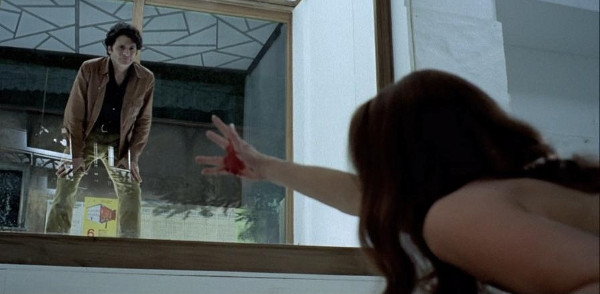
In 1970 Dario Argento burst into the public eye with what is now regarded as one of the finest films of the giallo genre. Violently reversing the masculine and feminine positions of the murderer and the victim, it provokes fear in the possibility that women are equally capable of the power and cruelty possessed by men.
Uncredited as an adaption of Fredric Brown’s ‘The Screaming Mimi’, the film follows an American writer (Tony Musante) in Rome as he’s perused by a serial killer after witnessing a failed attack on a woman’s life (Eva Renzi).
Of course it ends up being a whodunnit movie; the shockingly simple reveal remains concealed beneath the audience’s preconceived gender roles. We see a woman, a knife, and a cloaked, male figure. With the help of some suggestive camera angles and costume playing on early thriller clichés, we safely assume who is the murderer and who is the victim. Inevitably our false notions of gender roles become a weapon as deadly as any blade.
The man is reduced to the victim and the woman is empowered as the perpetrator. The blood runs freely; the film leaves on the note that humans, regardless of sex, are capable of the most heinous, the most brutal of crimes. It’s terrifying for the passive, male viewer to consider that the beautiful woman onscreen, often reserved for fetishizing under the male gaze, can actually think and challenge and destroy.
‘The Bird with the Crystal Plumage’ is one of the greatest achievements of one of cinema’s greatest auteurs. Men and women are equal on all terms; the potential for violence and anguish is no exception.